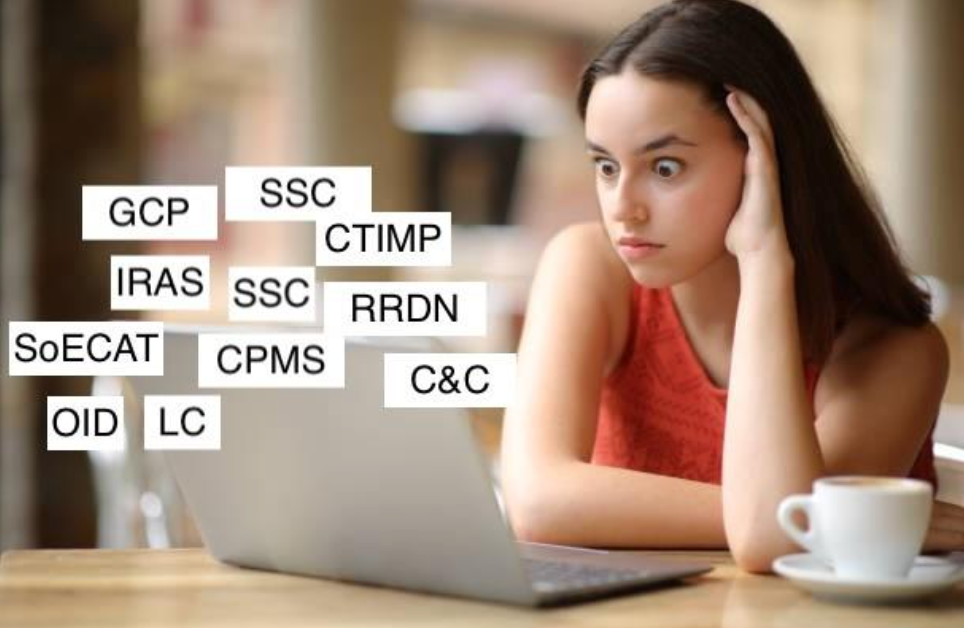23. Getting the rubber stamp to do research in the NHS: first we need to do some jargon-busting.
- Christina Roberts

- Jul 10
- 2 min read
Updated: Jul 17
When we first started setting up the biggest part of the DAPPLE study (listening to people’s stories) we knew there would be hurdles. After all, we’re trying to do something sensitive and important: listen to the stories of people with learning disabilities who are approaching the end of their lives. We want to understand their experiences by spending lots of time with them (through ethnography), and this involves being present at different appointments and places over time. We need to get permission from lots of different National Health Service (NHS) sites so that our researchers can find people to take part in our research, and then come along to appointments at different doctor’s surgeries, hospitals, etc.
The first step was to make sure we have ethical approval – this involved submitting a long form to the Health Research Authority (HRA), who checked over what we wanted to do to make sure it is safe, respectful and treats people fairly. This approval came through in May. Since then, we’ve been busy contacting lots of NHS trusts to ask them if we can come into their sites to do our research.
One of the most unexpected hurdles at this stage has been language. I'm talking about jargon - the thick, tangled business of acronyms and insider terms that comes with setting up research in NHS sites.

DAPPLE is working across four areas in England - Croydon, BLMK (that’s Bedfordshire, Luton and Milton Keynes), South Yorkshire (Kirklees, Calderdale and Wakefield) and Leicester. Each has its own systems, partners, and local processes. We’re working hard to get the right approvals and relationships in place so we can find participants through NHS services. But every conversation, every form, every meeting seems to come with a new acronym or unfamiliar term: from CRNs and R&D departments to CTIMPs, IG leads, and PICs. (If that sounds like gobbledegook to you – we felt the same!)
In just a few months, I’ve collected 33 acronyms and bits of technical language that I had to look up to help me understand exactly what they mean. Thirty-three! And I work in this space. Imagine how bewildering it might be to hear this sort of jargon if you don’t - especially people with learning disabilities and their families, or community organisations who we want to work with us.
That’s why I’ve started making a jargon list. This is a living document that explains all the tricky words and acronyms we’ve come across, in plain, clear language. I’ve shared it with the whole team, because we’re all learning as we go. And we all deserve to feel confident and informed about what we’re doing and why.
Because at the heart of it, DAPPLE is about inclusion. It’s about listening to people who are often left out of conversations about end-of-life care. So it’s vital that our language doesn’t shut people out. If we use lots of jargon without stopping to explain it, we risk making people feel confused, excluded or like research isn’t for them. And that’s the exact opposite of what we want.
Jargon might feel like a shortcut for people in the know - but it can be a barrier for everyone who isn’t an expert. And if we really want to be inclusive, we must start with how we speak.







Comments